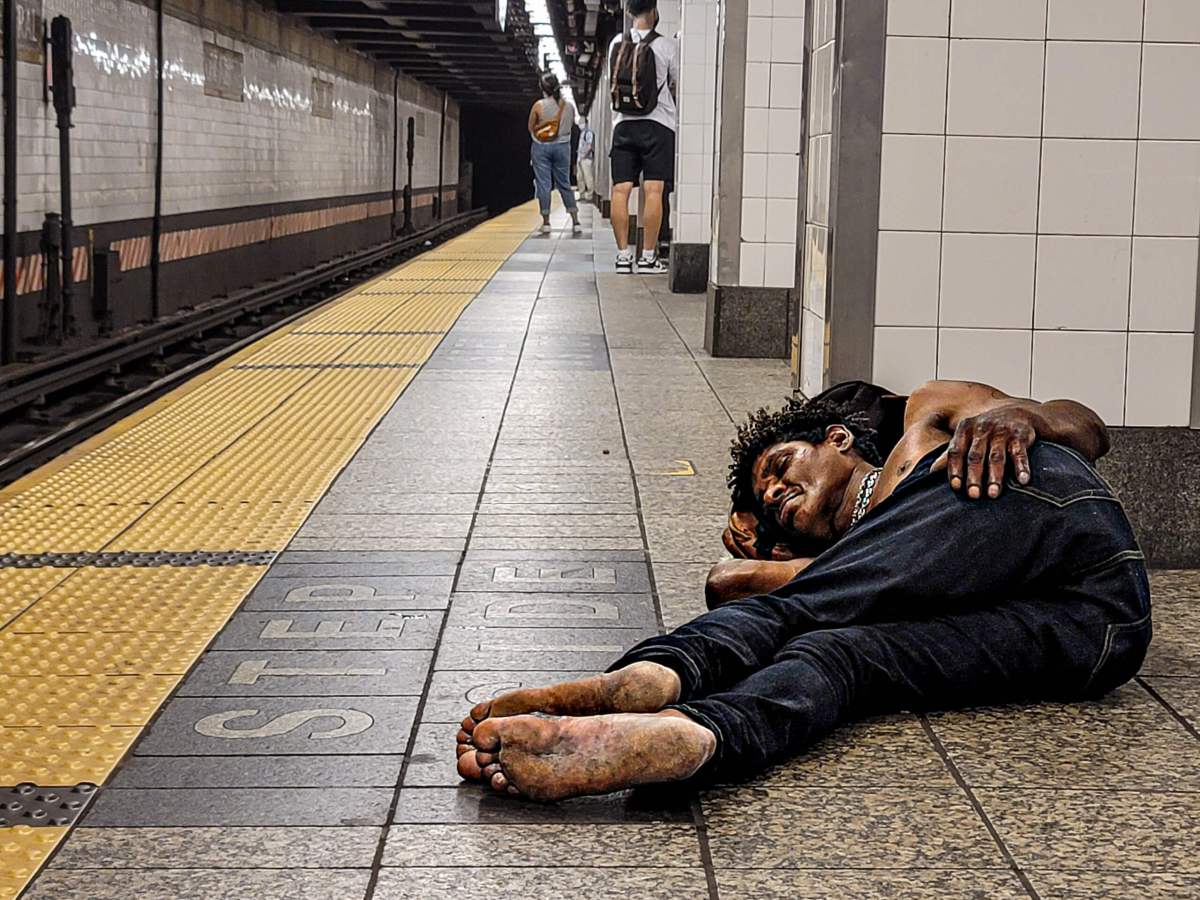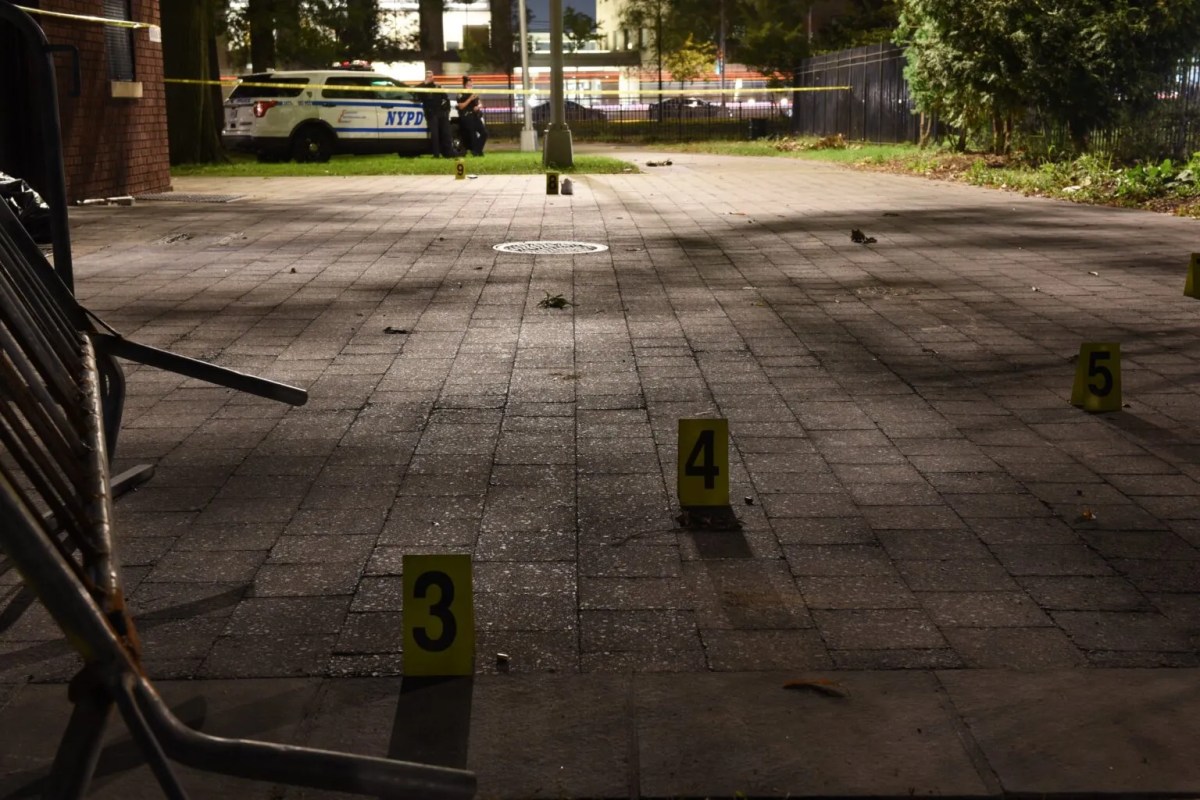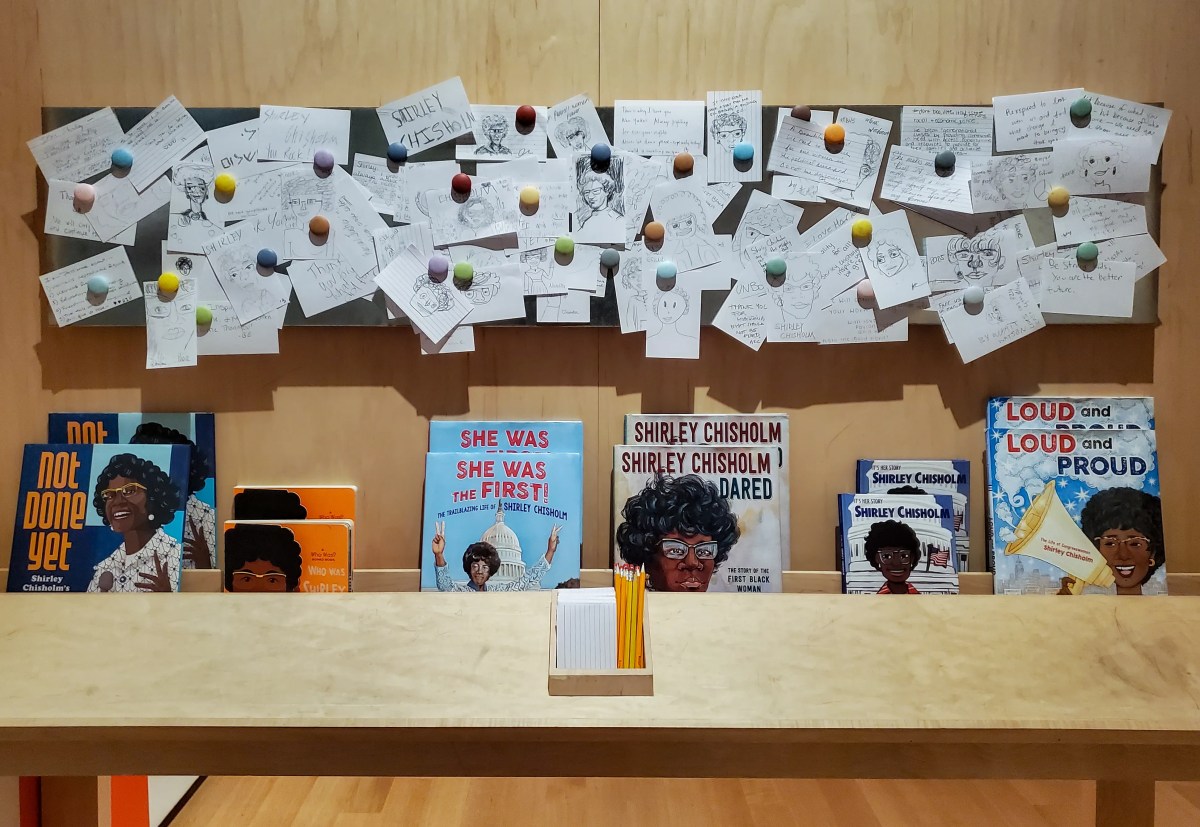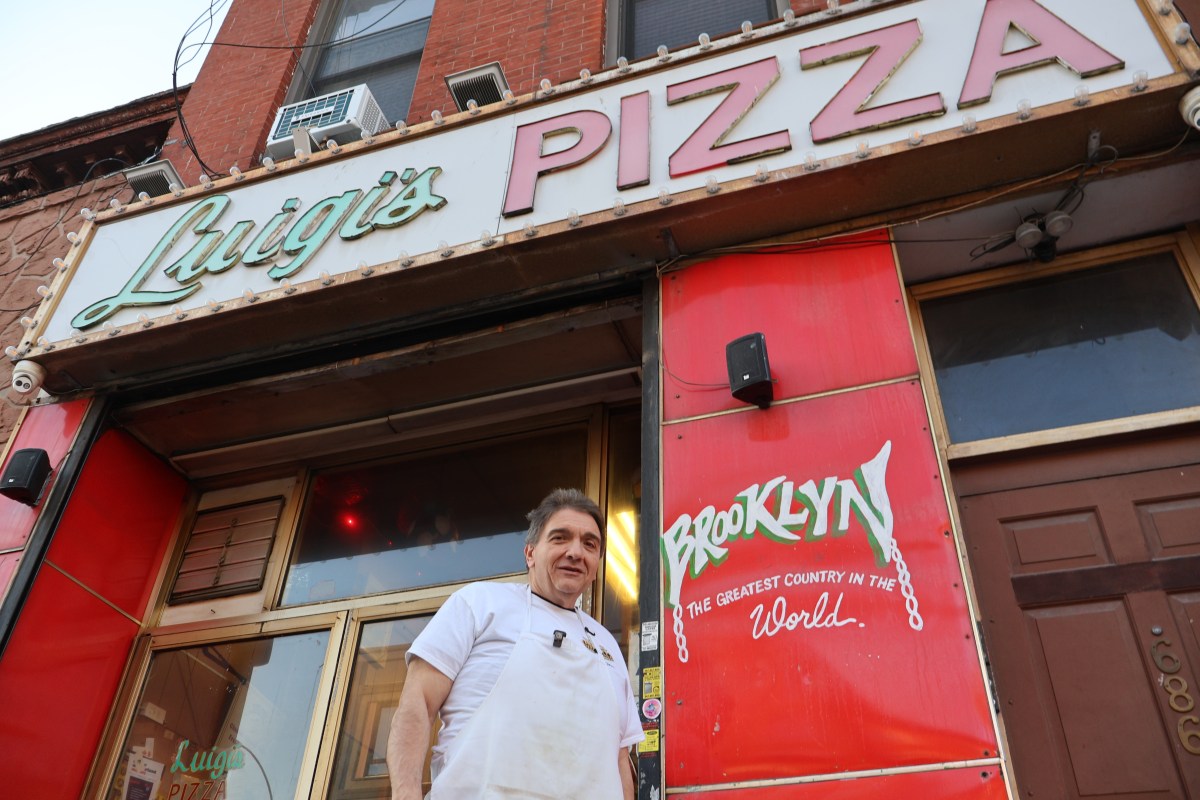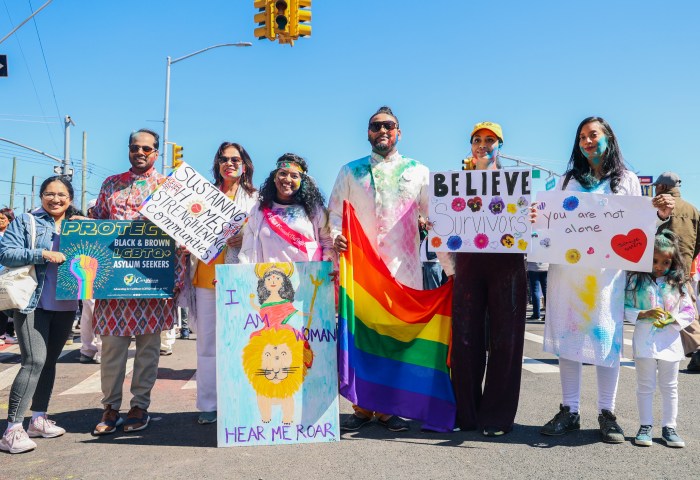Daquion Goins makes his living panhandling for money from commuters as they pass him by every day below the streets of New York. Thousands pass him by without noticing; others chip in a buck or two, or hurl an insult over his status.
Goins is among the many homeless individuals residing in a city within a city, its population comprised largely of down-on-their-luck or troubled individuals that society too often ignores, unless something disturbing occurs.
As amNewYork Metro noted in June 2021, after thousands sheltered in place during the deadliest days of the COVID-19 pandemic, the Big Apple’s have-nots claimed the empty subway system for themselves—including those removed from hotel sanctuaries. Nearly two years into the health crisis, a returning society is again coming face-to-face with forgotten people, many of them suffering from addiction or other mental health issues, struggling to live and often ignored by everyone who passes them.

The ramifications of shunning the unhoused and mentally ill into the shadowy bowels of the wider community has had detrimental effects, most notably with the murder of Michelle Alyssa Go, who was shoved into the path of a train in Times Square on Jan. 15 by Simon Martial—an emotionally disturbed homeless man.
While New Yorkers demonize the men and women who sleep on reverberating train benches and linger, or are slumped by dirt-laden staircases with open, outstretched hands, the question remains: What is it really like to live that harsh life?
Surviving in the depths
In a candid tell-all interview revealing the cruelty of living as a beggar in subways like Penn Station, 27-year-old Goins was brutally honest.

For Goins, living an undomiciled life is like being caught in a perpetual state of fear and constant mental debates on whether a person is trustworthy.
“One dude, who comes by every day, says the same thing: ‘Get up ni**er, get the fuck out of here. I’m going to get the police,’ the Spanish dude says. ‘Shut up, ni**er, I’m going to get police.’ I could let what he said break me, and I could be like every other black man and be mad because someone called me a ni**er, or I can overcome it,” Goins told amNewYork Metro.
Goins even admitted to a staggering amount of profits he claims can be made panhandling.
Sitting in Penn Station alone, Goins verbally reaches out to the passing faces, each one rushing to an unknown destination. Having first become homeless at the age of 18, he believes he has made the art of begging into a science.
“As far as getting money from people, it matters how you reach people. Nobody is going to give anyone anything for no reason. But if I can get into a man’s heart, or use current events, or use something in their life that reflects me, it is about bringing people together,” Goins explained.

Goins discussed the vulnerability reflected on both sides and emphasized that his state of being is reliant on the kindness of others. Pointing at the hasty foot traffic, Goins believes he can determine what type of day someone is having just from their gait.
“You can’t get someone to give you something if you don’t know how they’re feeling. I can tell how he’s feeling from his walk alone,” he says, explaining one man he observed. “He’s insightful, he has a lot going for him today. He’s hoping everything goes his way today but he’s not sure. When someone can uplift him or make him feel a little bit better about the day, he can feel a little bit positive. Maybe he’ll reach into his pocket. Maybe he won’t. It’s not about the money, it’s about the people.”

Goins admits he is looking to earn a buck to survive, but he also believes he offers something more in return by uplifting them through conversation and lending an ear to listen to their problems.
“I will never come here and just, you know, ask for money. I know that that man right there and his girlfriend has got a lot going on. And his neighbor has got a lot going on, so they won’t be able to give me stuff all the time. God bless them when they do. I’m gonna have to earn it,” Goins said.
Goins grew up in the foster care system until the age of 18 when he then became homeless in Long Island. He resided with friends for a time but then was forced to make his own way in the world. Being a young man and thrust into a world rife with drugs, violence, and the mentally ill are not easy obstacles to overcome.
“People call this the bottom? Yeah, this isn’t the bottom. Believe it or not, this is the top, because this is where you learn how to become what it takes to sit at the top,” Goins said.
Goins admitted that some days he will make very little cash when stopping strangers; however, he also claims other occasions he can make a staggering $500 in a day.
“I could probably make $500 in one day. Yeah. Walking from 34th Street to 42nd Street twice,” he said.
A sanctuary or a hell?
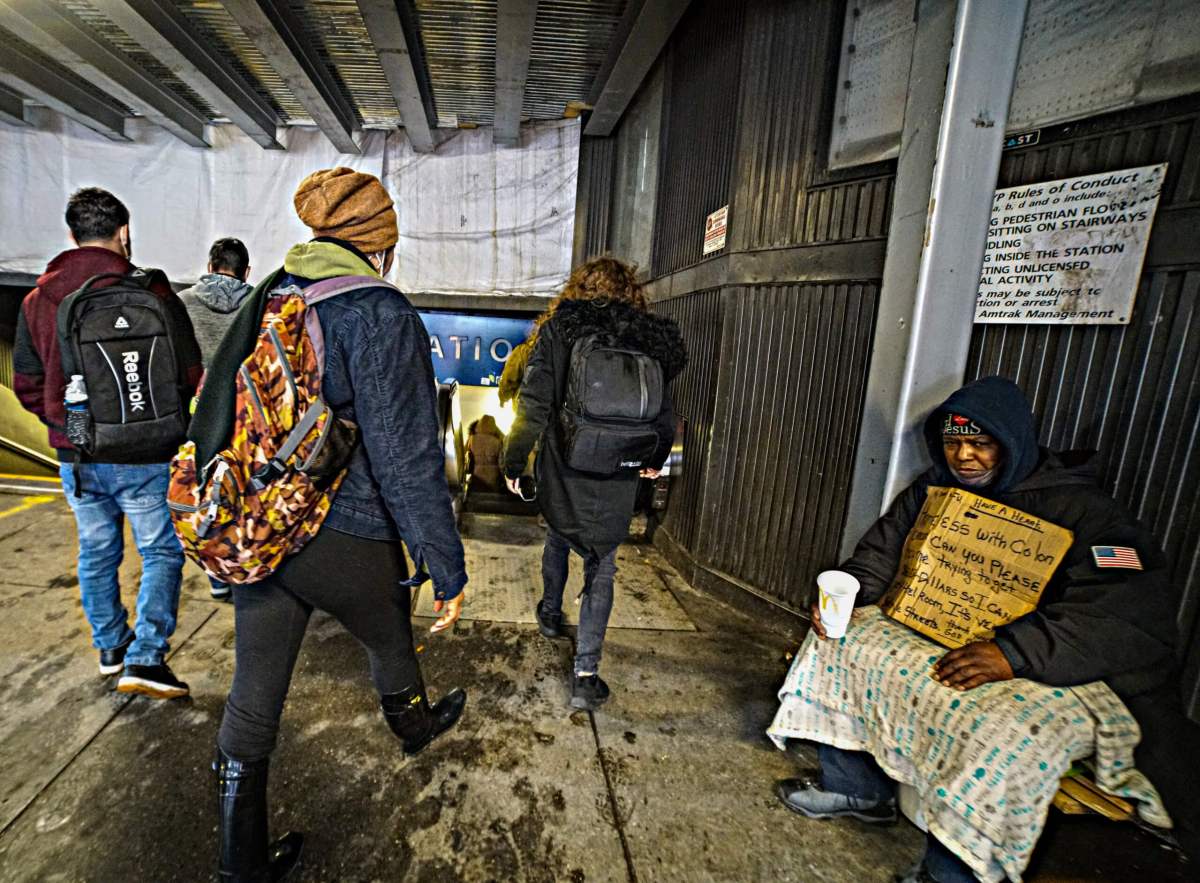
Goins isn’t the only one panhandling. He must compete with a growing number of men and women who seek sanctuary in the cavernous walls under the five boroughs. He says some beggars are aggressive while others have gotten so depressed that they are just merely idle.
“They’ll sit there and panhandle, hold signs, whatever the case but a lot of them don’t have the willpower to speak. I think it has more to do with how people treat each other, you know? Because without proper treatment towards each other we can’t expect anything from each other. You can go to work but if you go to work with a bad attitude, you’re either going to start something or get fired,” Goins said.
Unfortunately, he too knows all too well that there are those who start things, primarily due to emotional and mental disorders prevalent beneath the street.
The signs of such disorders were everywhere While investigating, amNewYork Metro observed men defecating in public, openly drinking alcohol, smoking drugs, and more. What serves as one person’s sanctuary is a straphanger’s hell.
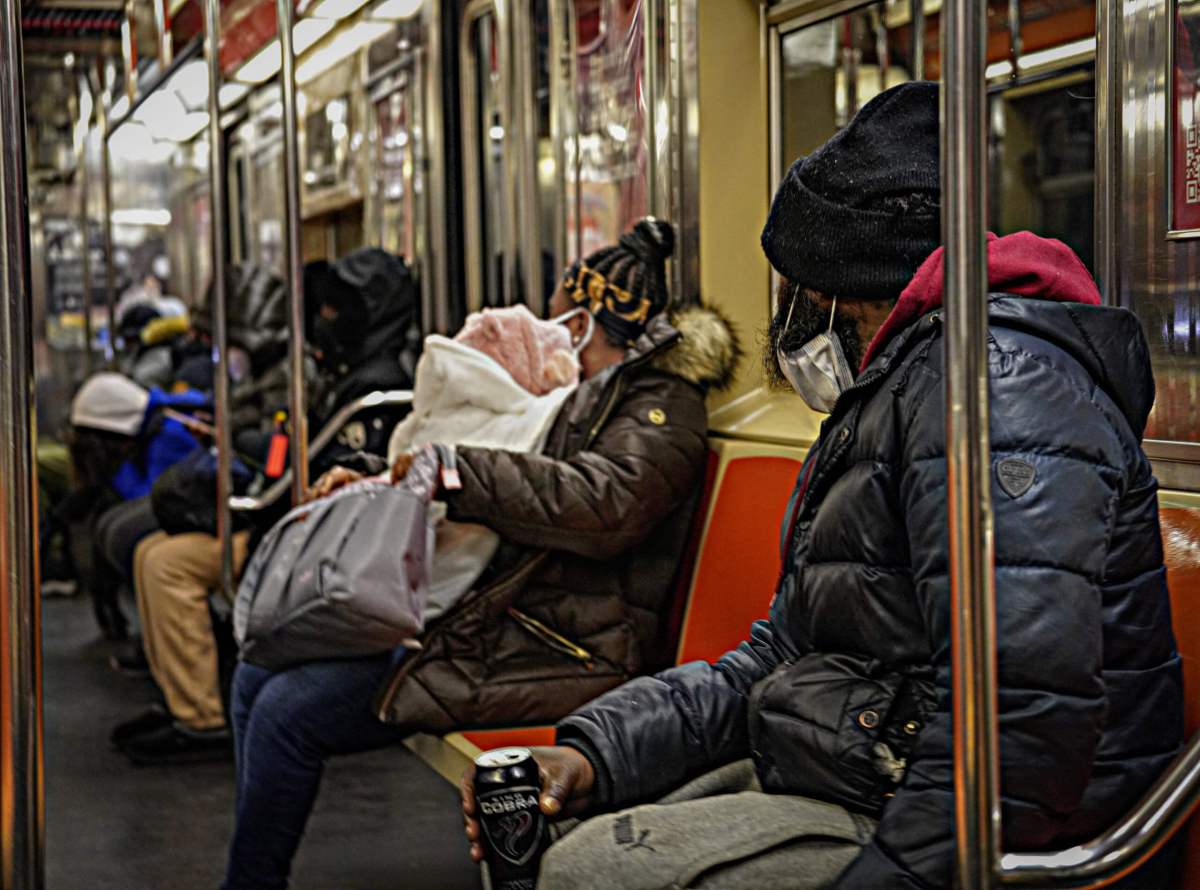
Following the death of Michelle Alyssa Go, Governor Kathy Hochul plans on deploying new homeless outreach dubbed, “Safe Options Support.”
“Working with our partners in New York City, we’re taking action to help make our streets and subways safer,” Governor Hochul said on Jan. 21.
According to a statement from the Governor’s office, the state will be deploying approximately 20 public employees, contracted nonprofit provider staff, and volunteers into the subway system. These will be working in conjunction with the MTA and City to serve what the statement cites as the most immediate and acute needs. The Governor also promises to dispatch four more teams by early spring.
Read more: Combine Daytona Beach and St. Augustine for a varied vacation



